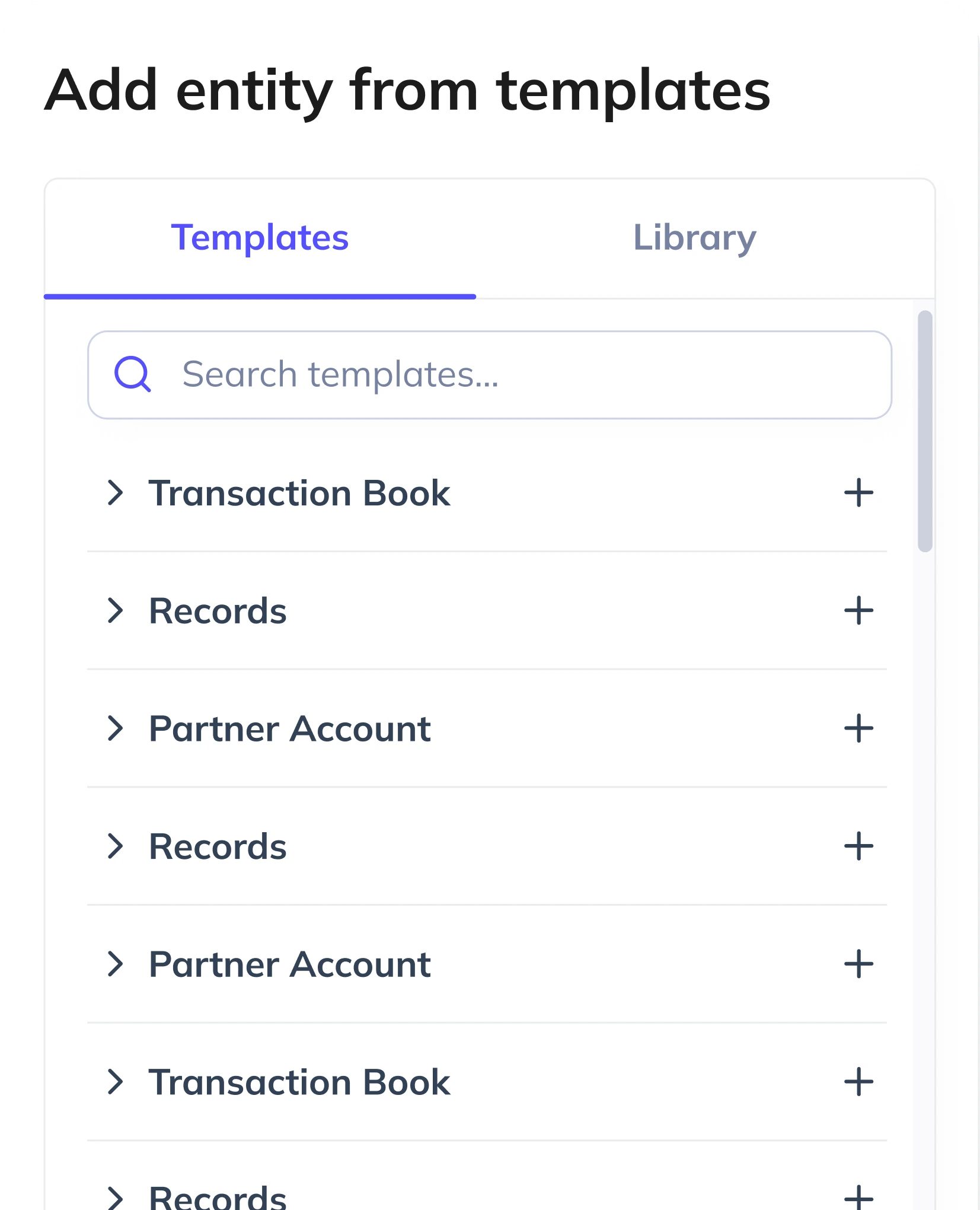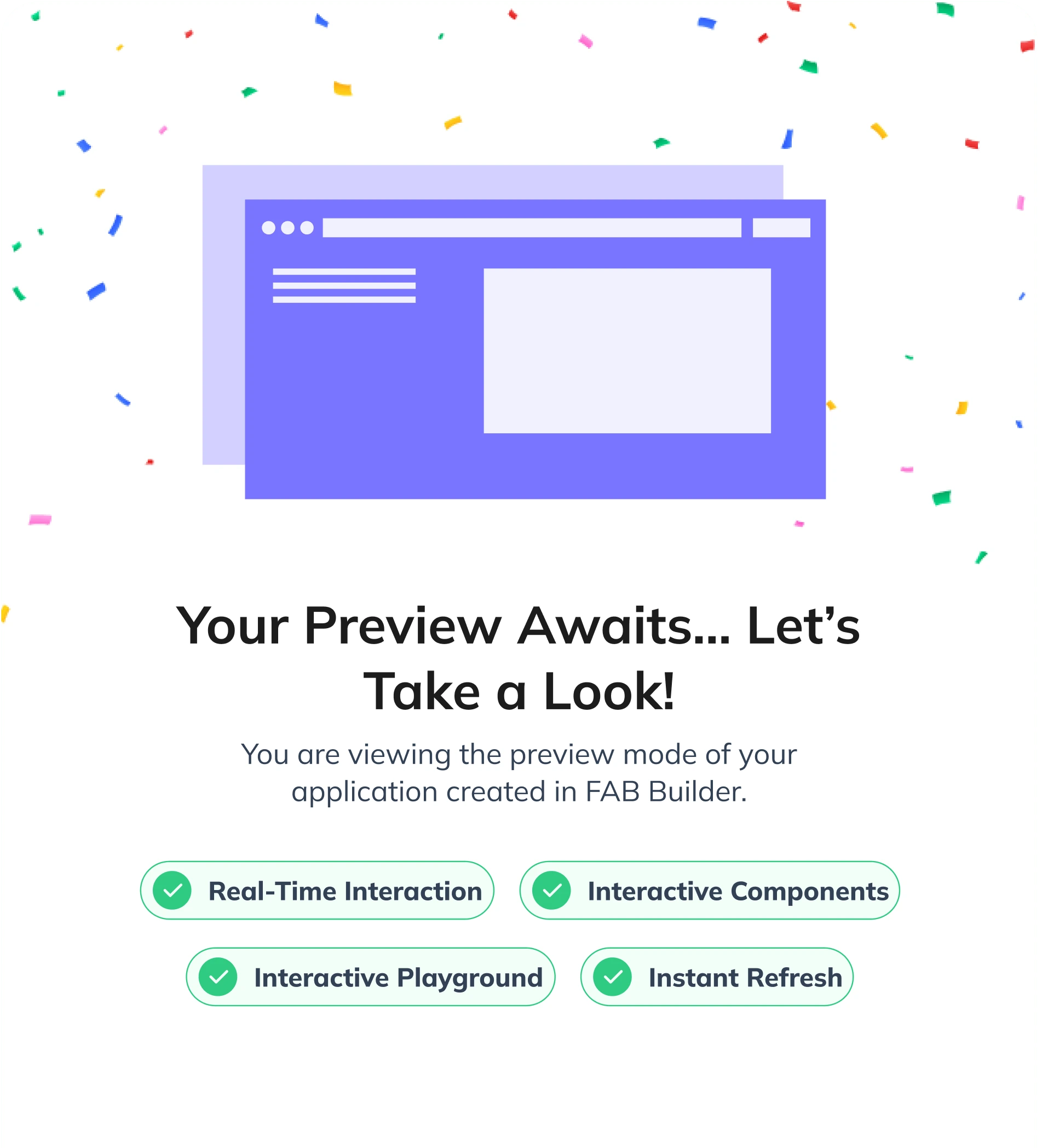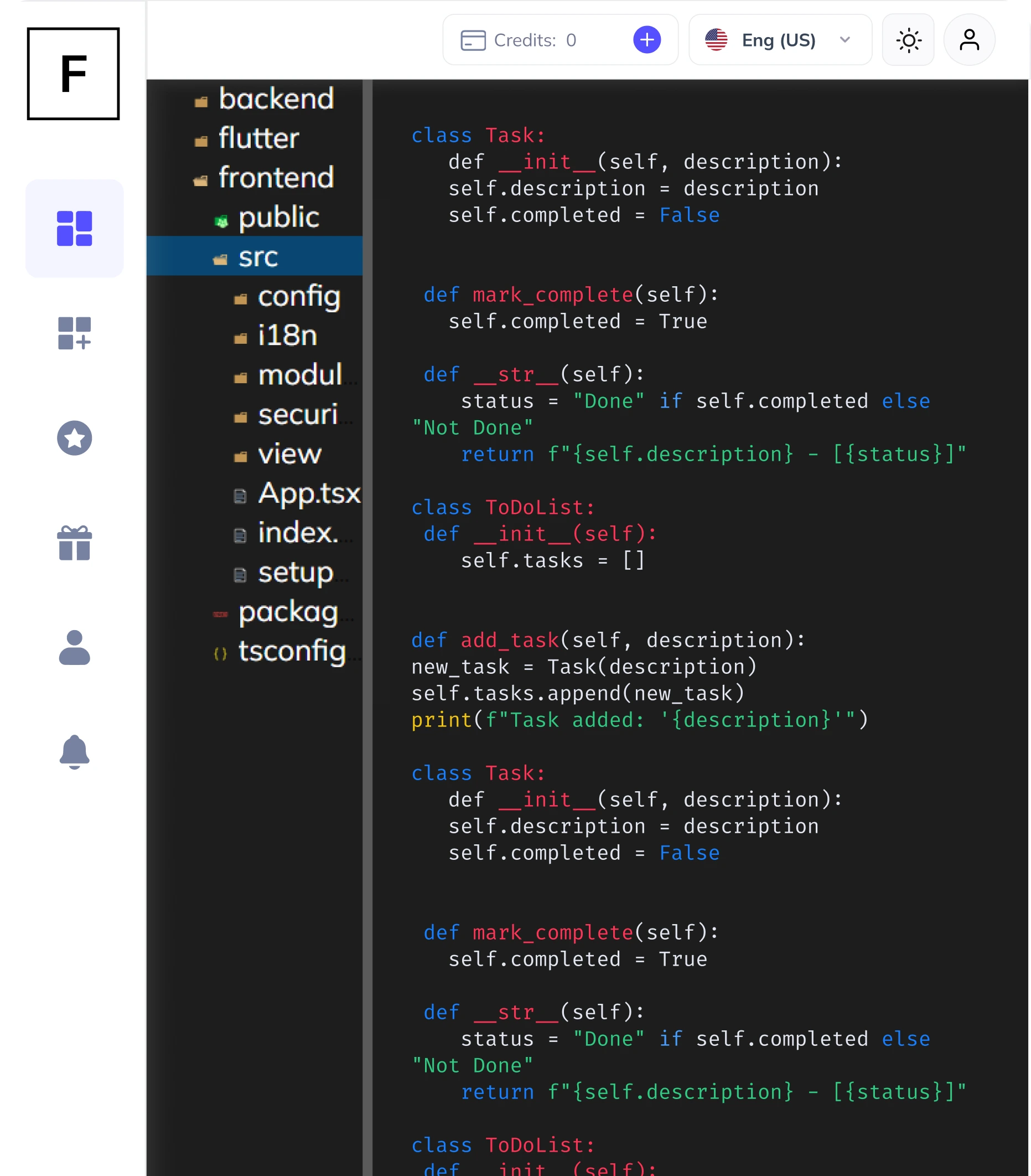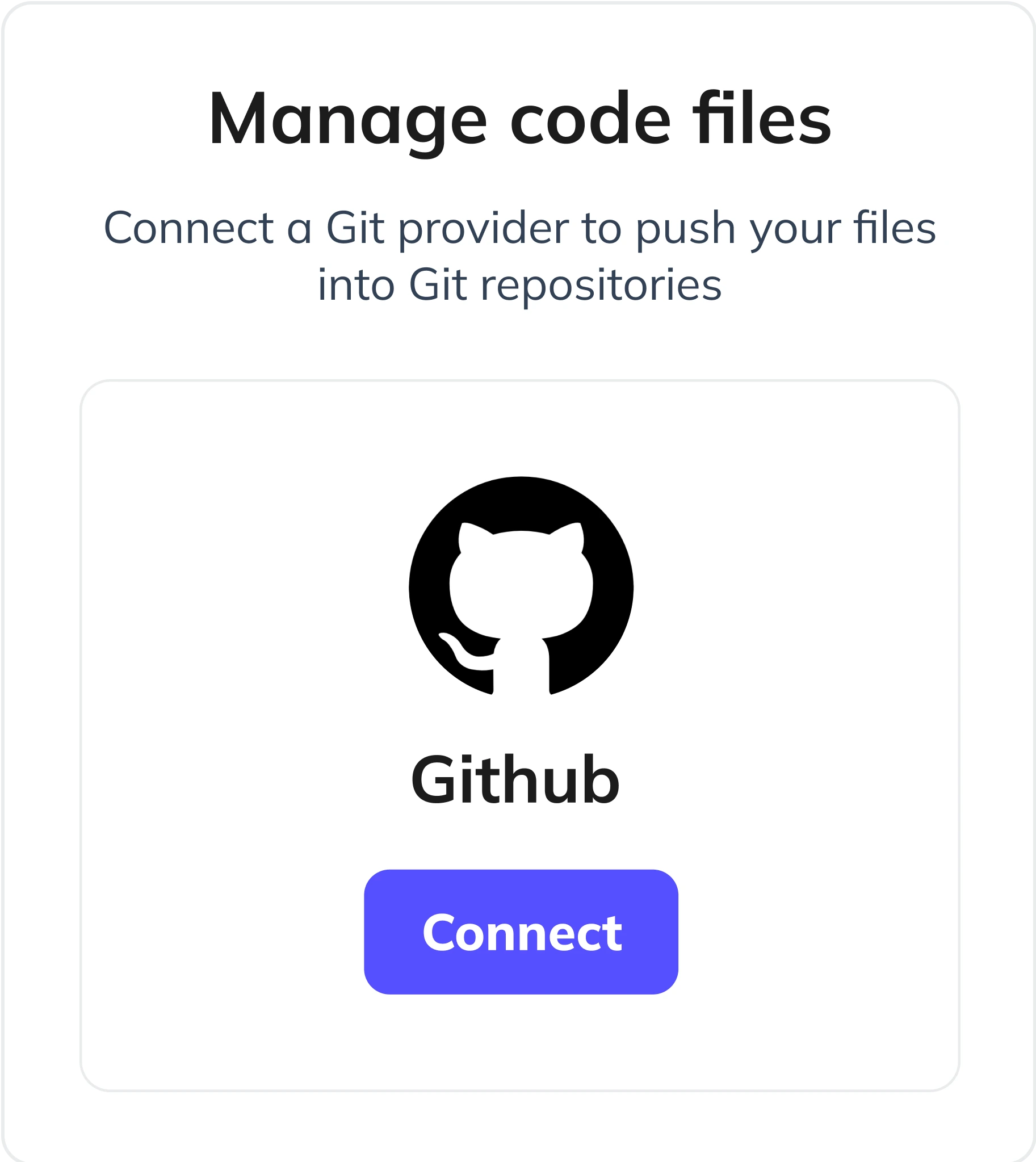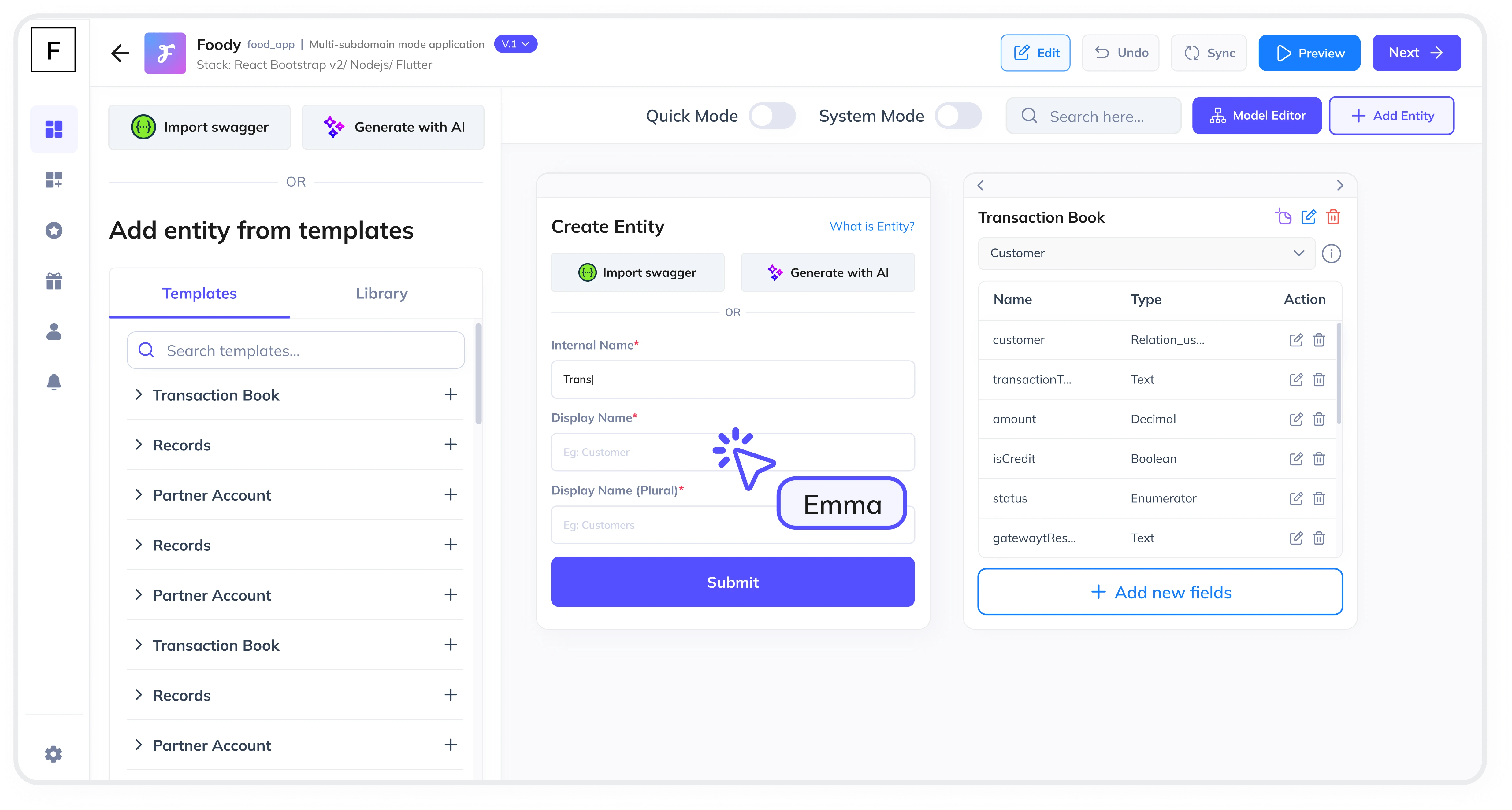Summarize and analyze this article with:
Managing vendor relationships is a critical aspect of inventory and supply chain management. A well-designed Supplier Management Module can streamline operations, improve vendor collaboration, and enhance overall efficiency. In this guide, we’ll walk you through the step-by-step process of creating a Supplier Management Module, with a focus on leveraging low-code platforms like FAB Builder to build scalable and customizable solutions.
What is a Supplier Management Module?
A Supplier Management Module is a software component that helps businesses manage their relationships with suppliers. It includes features like vendor onboarding, contract management, performance tracking, and communication tools. This module is essential for maintaining a smooth supply chain and ensuring timely delivery of goods and services.
Why is a Supplier Management Module Important?
In today's fast-paced business environment, managing suppliers effectively is crucial for maintaining a seamless supply chain. A Supplier Management Module helps businesses:
- Streamline Vendor Onboarding: Simplify the process of adding new suppliers to your system.
- Track Purchase Orders: Monitor the status of purchase orders in real-time.
- Maintain Vendor Records: Keep detailed records of vendor interactions and performance.
- Automate Reordering: Ensure that inventory levels are maintained without manual intervention.
- Enhance Communication: Maintain logs of all communications with suppliers for better collaboration.
Step By Step Guide to Building a Supplier Management Module with FAB Builder
Step 1: Define Your Requirements
Before diving into development, clearly define the requirements for your Supplier Management Module. Consider the following:
- Vendor onboarding process
- Contract and agreement management
- Performance tracking and reporting
- Communication and collaboration tools
- Integration with existing systems (e.g., ERP, CRM)
Step 2: Choose the Right Technology Stack
Selecting the right technology stack is crucial for building a scalable and efficient module. With FAB Builder, you can choose from a variety of tech stacks, including MERN, MEAN, ReactJs, Angular, NodeJs, and more. FAB Builder’s flexibility ensures that your module can adapt to future changes in technology or business needs.
Step 3: Design the Database Schema
Design a robust database schema to store all necessary data, including:
- Supplier Information (Name, Contact Details, Address, etc.)
- Purchase Orders (Order ID, Supplier ID, Order Date, Status, etc.)
- Vendor Performance Metrics (Delivery Time, Quality, Compliance, etc.)
- Communication Logs (Date, Time, Subject, Message, etc.)
Step 4: Design the User Interface
Design an intuitive and user-friendly interface for your Supplier Management Module. Focus on:
- Easy navigation
- Clear data presentation
- Role-based access control
FAB Builder’s AI-assisted entity creation can help you quickly design and prototype your module.
Step 5: Develop Core Features
Develop the core features of your Supplier Management Module, such as:
- Vendor onboarding and profile management
- Contract and agreement tracking
- Performance metrics and reporting
- Bulk data import/export via Excel
FAB Builder’s low-code platform allows you to generate production-ready code with features like bulk data import/export and role-based permissions.
Step 6: Integrate Payment Gateways
If your module involves financial transactions, integrate payment gateways like Stripe, RazorPay, or PayPal. FAB Builder supports seamless integration with these gateways, enabling you to collect payments for services or subscriptions.
Step 7: Test and Deploy
Thoroughly test your Supplier Management Module to ensure it meets all requirements. Once tested, deploy it to your preferred cloud platform (AWS, GCP, or Azure) with just one click using FAB Builder’s managed hosting services.
Step 8: Customize and Scale
With FAB Builder, you can easily customize your module as your business grows. The platform’s multi-tenant configuration allows you to create SaaS applications and sell subscriptions to your B2B customers.

Why Choose FAB Builder for Your Supplier Management Module?
FAB Builder is a low-code platform that empowers businesses to create full-stack applications, including mobile apps, with ease. Here's why you should consider using FAB Builder for your Supplier Management Module:
- AI-Assisted Entity Creation: Describe your application requirements, and FAB Builder will automatically generate the necessary entities and fields.
- Full Source Code Download: All code generated by FAB Builder is downloadable, allowing your development team to build innovations and business logic on top of it.
- No Strings Attached: Once you export and download the source code, all intellectual property and business logic remain in your hands.
- Multi-Tenant Configuration: With FAB Builder, you can create SaaS applications using multi-tenant configurations, enabling you to sell subscriptions to your B2B consumers.
- Flexible Tech Stack: FAB Builder supports a wide range of technology stacks, ensuring that your application is scalable and adaptable to future needs.
Conclusion
Creating a Supplier Management Module for Inventory and Supply Chain Management is a complex but rewarding endeavor. By following this step-by-step guide, you can streamline vendor onboarding, track purchase orders, and optimize your supply chain processes. With FAB Builder, you have the tools and flexibility to create a robust, scalable, and production-ready Supplier Management Module that meets your business needs.
Ready to get started?
Explore FAB Builder today and take the first step towards building your next-generation Supplier Management Module.






